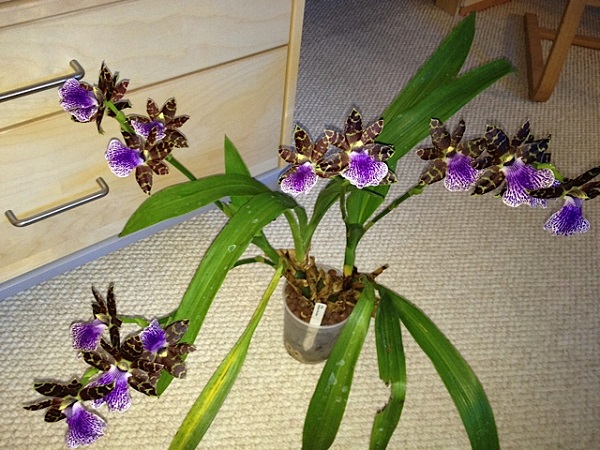
All LECA media share some common minerals and manufacturing processes that may lead to the presence of unknown soluble mineral salts within the ceramic body. Preparing media for use is critical to your success.
We start with clay, dug from the earth. While I’m certain the manufacturers are using materials that have been beneficiated (to some degree, “purified”), there’s still bound to be some differences in the mineral contents of the raw materials.
When the truck or railcar loads of clay arrive at the factory, they are blended with a solution known as a “binder.” This allows the clay particles to stick together during the pelletization process and gives the pellets the strength to stay intact during handling in their “green”, or unfired state. These binders can be made up of any number of chemicals, with some of the more common ones being based upon methylcellulose and polyvinyl chloride, but often with sodium salt components. I have even seen situations where diesel fuel was used as the binder. This is an important thing to keep in mind; if the ceramic body is fired properly, all of the organic components of the raw materials will burn out, while inorganic materials will not. And if the firing is not done correctly, not only is it difficult to know exactly what is still in the ceramic body, but chemical reactions may have occurred that result in less-than-desirable residues. I have gotten bags of a common brand of South American LECA that still reeked of the fuel oil used as the binder.
After firing, the pellets exit the kiln, but are still too hot to handle and package, so it is common to “quench” them quickly by spraying water on them (which also helps control the dust). At that point, there is a fired, finished product – clay pellets in a bag – ready to find its way to the grower. However, those clay pellets may have some odd residues from the firing process. I also think it’s safe to say that pure water was not used to quench them as they exited the kiln, so who knows what the water may have added. It is for that reason that it is important to thoroughly wash the pellets before use.
I will not claim any knowledge of the actual makeup of the residues – it’s bound to vary all over the map anyway – but I will share my cleaning technique, which I know works. This process is also excellent for pre-treating coconut husk products as well, which are typically very high in salt content.
- Place the needed amount of LECA in a plastic bucket.
- Fill with water, swish it around and dump it – that will help get rid of the dust, and some of the surface residues.
- Refill the bucket with clear water and add about a teaspoon per gallon each of calcium nitrate and magnesium sulfate (Epsom Salts). Similar to the process of a water softener, the Ca and Mg ions substitute for the less desirable soluble minerals in the pellets.
- Let soak at least overnight. I prefer to let it soak 24 hours or more.
- Drain and refill the bucket with clear water, swishing the “rocks” around to rinse them again.
Sometimes, if I am potting up plants “poorly timed” for the process, I’ll go through another overnight soak of clear water with rooting hormone solution.
Ray Barkalow has been growing orchids for over 45 years, and owns First Rays, which offers horticultural products to the hobby grower. He may be contacted at raybark@firstrays.com and you can visit his website at FirstRays.com.
Related Articles & Free Email Newsletter Sign Up
How to Achieve Proper Air Management in Orchid Culture
Inaccurate Objections to Semi-Hydroponics Culture




Comment here